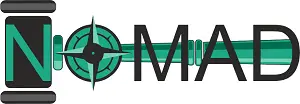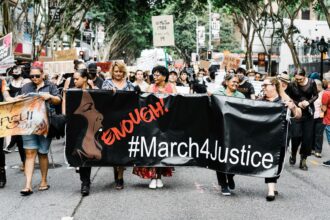Common Employment Litigation Disputes: There are no shortages of disputes in the workplace, and companies these days have to be prepared for the eventuality that they will be sued for an employment dispute at some point.
It’s really not a matter of “if” but “when,” especially as more employees win their claims against their companies. As a business, you need to take steps to protect your company against employment disputes.
To start with, the litigation experts at GLG LLP Lawyers explain the most common employment litigation disputes.
Wrongful Dismissal
Almost every employee who has ever been fired thinks they have been wrongfully terminated.
Of course, the majority of these employees have been terminated with cause and have received sufficient notice from their employers.
If they pursue a wrongful dismissal case, they usually don’t go far, but there are cases when they have a legitimate lawsuit.
Canadian employers are required to give minimum notice to any employee they plan to terminate.
The notice periods become longer as an employee’s employment becomes longer, and if they have been employed for 12 months or more, they are also entitled to severance pay based on their length of service.
Be sure to follow the notice periods for every employee, and if you aren’t able to meet those requirements, be prepared to pay terminated employees wages equal to the amount they would have earned during the notice period.
In other words, you might as well give them proper notice and get the work from them than pay them to do nothing.
Constructive Dismissal
When an employee’s work environment changes to the point where it is no longer tenable, they may have a constructive dismissal claim against the company.
For instance, if an employee’s compensation is reduced or they are placed in a new role that represents a demotion, they may claim that their working conditions are not what they agreed to when they signed their employment contract.
Constructive dismissal may also apply when an employee is subject to workplace harassment that goes uncorrected by the company once it has been reported.
A company is required to address the harassment behaviour as quickly as possible after an employee reports it.
If they don’t, they could be subject to a legitimate constructive dismissal claim.
Human Rights Violations
Employers are required to protect their employees from harassment based on criteria such as age, sex, gender identity, sexual orientation, race, and disability, among others.
They are also expected to require the same of their employees and employee candidates.
Discrimination and harassment reports that are not adequately addressed may turn into human rights violation claims against your company or individuals within your company.
Conclusion
The smart move for any employer is to have a litigation lawyer on retainer in case these or other employment disputes arise.
That way, your lawyer can advise you on how to address these disputes appropriately to avoid litigation.
And if you do have to litigate an employment-related lawsuit, you’ll already be one step ahead of where you would be if you had to hire a lawyer first.
Recommended for you:





